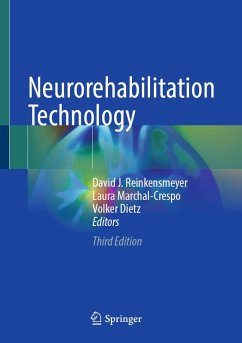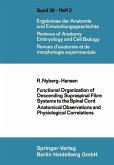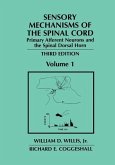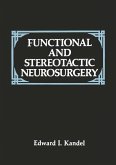This revised, updated, and substantially expanded third edition provides an accessible, practical overview of major areas of research, technical development and clinical application in the field of neurorehabilitation movement therapy. The initial section provides the basic framework and a rationale for technology application in movement therapy by summarizing recent findings in neuroplasticity and motor learning. The following section provides a detailed overview of the movement physiology of various neurologic conditions, illustrating how this knowledge has been used to design various neurorehabilitation technologies. The third section then explains the principles of human-machine interaction for movement rehabilitation. The fourth section provides an overview of assessment technology and predictive modeling in neurorehabilitation. The fifth section provides a survey of technological approaches to neurorehabilitation, including spinal cord stimulation, functional electrical stimulation, virtual reality, wearable sensing, brain computer interfaces, mobile technologies, and telerehabilitation. The final two sections examine in greater detail the ongoing revolution in robotic therapy for upper extremity movement and walking, respectively. The promises and limitations of these technologies in neurorehabilitation are discussed, including an Epilogue which debates the impact and utility of robotics for neurorehabilitation. Throughout the book the chapters provide detailed practical information on state-of-the-art clinical applications of these devices following stroke, spinal cord injury, and other neurologic disorders and future developments in the field. The text is illustrated throughout with photographs and schematic diagrams which serve to clarify the information for the reader.
Neurorehabilitation Technology, Third Edition is a valuable resource for neurologists, biomedical engineers, roboticists, rehabilitation specialists, physiotherapists, occupational therapists and those training in these fields.
Chapter "Spinal Cord Stimulation to Enable Leg Motor Control and Walking in People with Spinal Cord Injury is available open access under a Creative Commons Attribution 4.0 International License via link.springer.com.
Neurorehabilitation Technology, Third Edition is a valuable resource for neurologists, biomedical engineers, roboticists, rehabilitation specialists, physiotherapists, occupational therapists and those training in these fields.
Chapter "Spinal Cord Stimulation to Enable Leg Motor Control and Walking in People with Spinal Cord Injury is available open access under a Creative Commons Attribution 4.0 International License via link.springer.com.
Dieser Download kann aus rechtlichen Gründen nur mit Rechnungsadresse in A, B, BG, CY, CZ, D, DK, EW, E, FIN, F, GR, HR, H, IRL, I, LT, L, LR, M, NL, PL, P, R, S, SLO, SK ausgeliefert werden.









